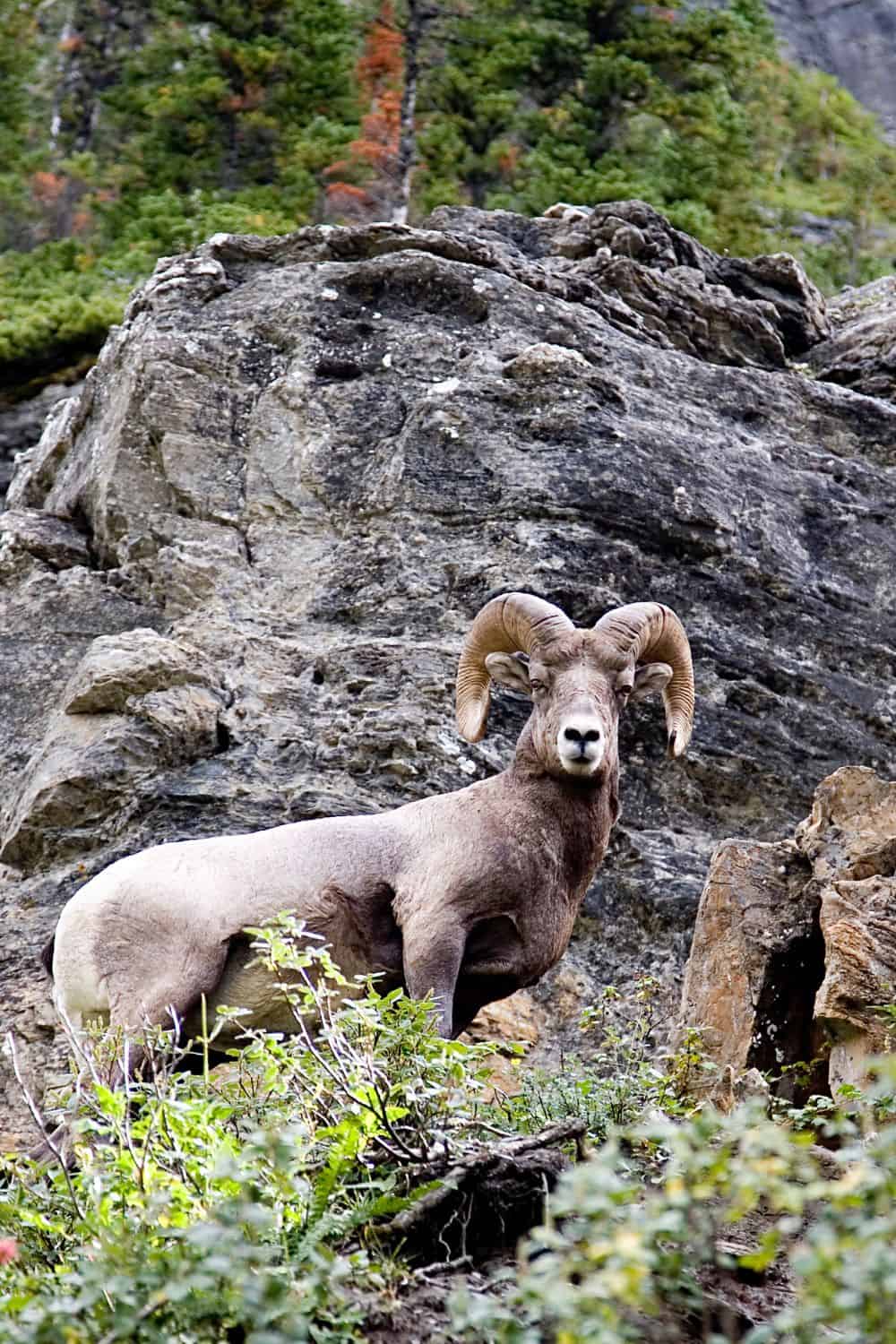
Great Sand Dunes National Park, located in southern Colorado, is home to a diverse array of wildlife. With a mix of desert, alpine, and riparian habitats, the park supports a wide range of plant and animal species. Visitors to the park have the opportunity to spot a variety of wildlife, from the smallest insects to the largest mammals. In this article, we’ll take a closer look at some of the wildlife you can see at Great Sand Dunes National Park.
- Bighorn Sheep
One of the most iconic animals found in the park is the bighorn sheep. These impressive creatures can be spotted scaling the rocky peaks that surround the sand dunes. Bighorn sheep are well adapted to life in the mountains, with thick fur to keep them warm in winter and hooves that provide excellent traction on steep terrain. Visitors should keep a safe distance from these powerful animals, as they can be dangerous if provoked.
- Elk
Elk are another common sight at Great Sand Dunes National Park. These majestic animals can often be seen grazing in the grassy meadows that surround the dunes. In the fall, visitors may have the opportunity to witness the elk rut, where males compete for mating rights by bugling loudly and sparring with each other using their antlers.
- Black Bears
Black bears also make their home in the park’s mountains and forests. These shy animals are most active at dawn and dusk, and visitors may have the chance to spot them foraging for food. It’s important to remember that black bears are wild animals and should never be approached.
- Mountain Lions
Mountain lions, also known as cougars or pumas, are the largest predatory animals found in the park. These elusive cats are rarely seen by visitors, as they are most active at night and prefer to avoid human contact. However, visitors should be aware of the signs of mountain lion activity, such as tracks or scat, and take precautions to avoid encountering them.
- Coyotes
Coyotes are another common predator found in the park. These adaptable animals can thrive in a variety of habitats, from deserts to mountains. Visitors may hear coyotes howling at night, especially during the breeding season in January and February.
- Mule Deer
Mule deer are a common sight in the park’s grasslands and forests. These graceful animals are named for their large, mule-like ears and are often seen grazing in meadows or browsing on shrubs and trees. In the fall, visitors may witness the spectacular sight of male deer engaging in rutting behavior, including vocalizations and sparring with their antlers.
- Bobcats
Bobcats are another predatory species found in the park. These medium-sized cats are excellent hunters, preying on small mammals such as rodents and rabbits. Visitors may be able to spot bobcats in the early morning or late afternoon, when they are most active.
- Amphibians
Despite the arid climate of the park, several species of amphibians can be found in the riparian areas around the sand dunes. Visitors may spot the boreal chorus frog, the Great Plains toad, or the tiger salamander. These species are well adapted to the harsh conditions of the high desert and can be fascinating to observe.
- Insects
The park is home to a wide variety of insects, from the tiniest beetles to the largest grasshoppers. One of the most fascinating insect species found in the park is the sand dune antlion. These insects, also known as doodlebugs, live in the sandy soil around the dunes and construct funnel-shaped traps to catch their prey.